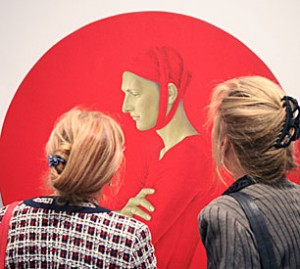
Image:Courtesy Art Cologne
More than ever, the seemingly sexy world of art crime is basking in the spotlight. In the last few months alone, a new program in Italy promoted itself as the world’s first devoted exclusively to international art crime studies, an ARTnews investigation concluded there is more fake than real modern Russian art on the market, the New York Times looked into the ongoing problem of art authenticity in Vietnam, and a recent lawsuit filed in Oakland County, Michigan, formally accused Park West Gallery of selling fakes to unsuspecting customers on a cruise ship last year. While these examples illustrate the rising recognition of unscrupulous behavior by the perpetrators, they also raise a question: Why are individuals of means, often extraordinarily savvy in their other financial dealings, so vulnerable when it comes to the acquisition of art? What is it about art that causes buyers to take such leaps of faith, often only to discover that simple research could have easily uncovered any snags or malfeasance?
To Rom Brafman, who, with his brother Ori, co-wrote the groundbreaking book Sway: The Irresistible Pull of Irrational Behavior, the explanation lies in the emotional pull of the actual object. Brafman explains that “when people start purchasing something, initially they approach the endeavor from a rational perspective — ‘I will make an offer I am willing to accept, and above that is just not worth it for me.’ What people don’t count on is the emotional attachment — even touching something makes you more attached to it, and that makes it harder to stick to the original approach.”
This is especially easy to understand with art, whose emotional and aesthetic appeal is intrinsic to its value… read more here via ARTINFO




